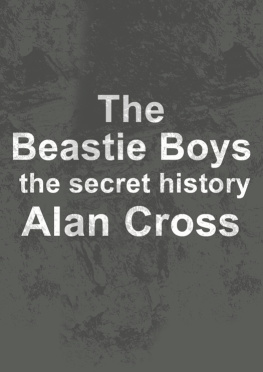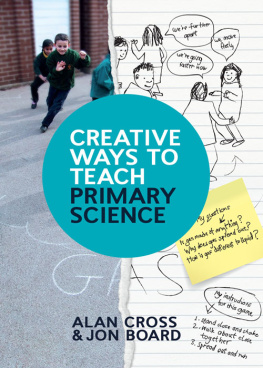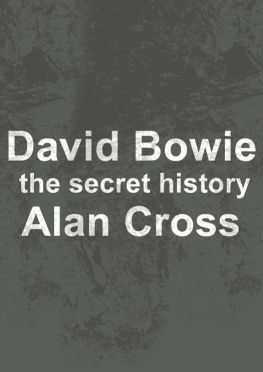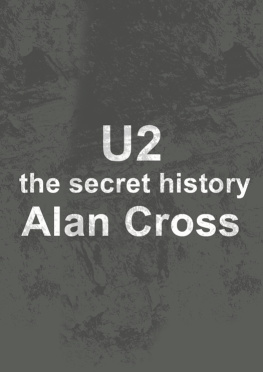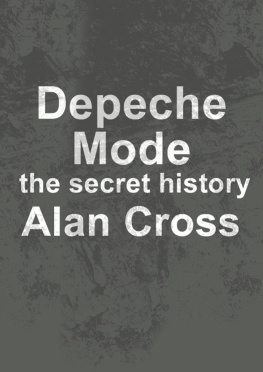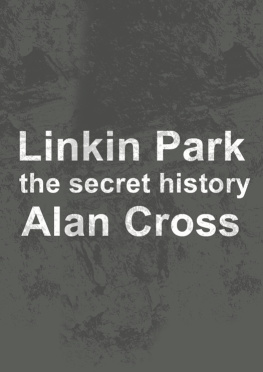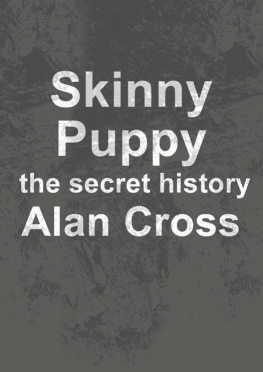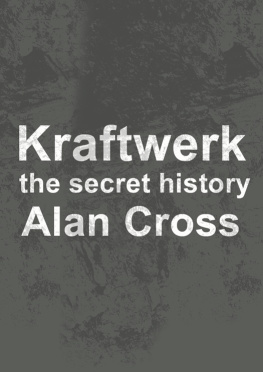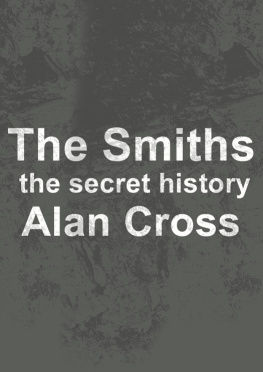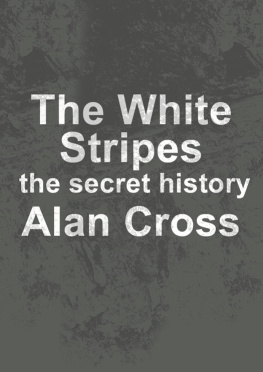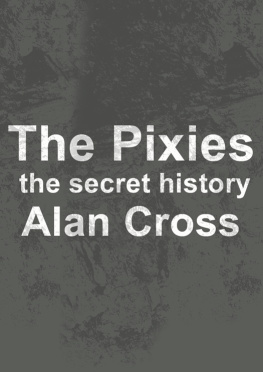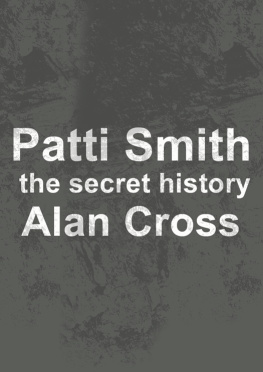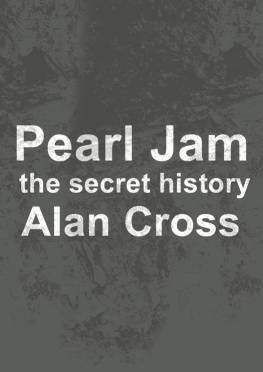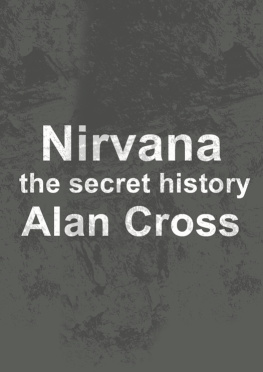Alan Cross - The Beastie Boys: the secret history
Here you can read online Alan Cross - The Beastie Boys: the secret history full text of the book (entire story) in english for free. Download pdf and epub, get meaning, cover and reviews about this ebook. year: 2012, publisher: HarperCollins Canada, genre: Non-fiction. Description of the work, (preface) as well as reviews are available. Best literature library LitArk.com created for fans of good reading and offers a wide selection of genres:
Romance novel
Science fiction
Adventure
Detective
Science
History
Home and family
Prose
Art
Politics
Computer
Non-fiction
Religion
Business
Children
Humor
Choose a favorite category and find really read worthwhile books. Enjoy immersion in the world of imagination, feel the emotions of the characters or learn something new for yourself, make an fascinating discovery.
- Book:The Beastie Boys: the secret history
- Author:
- Publisher:HarperCollins Canada
- Genre:
- Year:2012
- Rating:5 / 5
- Favourites:Add to favourites
- Your mark:
- 100
- 1
- 2
- 3
- 4
- 5
The Beastie Boys: the secret history: summary, description and annotation
We offer to read an annotation, description, summary or preface (depends on what the author of the book "The Beastie Boys: the secret history" wrote himself). If you haven't found the necessary information about the book — write in the comments, we will try to find it.
Alan Cross is the preeminent chronicler of popular music.
Here he provides a short history of The Beastie Boys from the groups founding through Hello Nasty.
This revised and updated look at the group -- Three MCs and One DJ -- is adapted from the audiobook of the same name.
The Beastie Boys: the secret history — read online for free the complete book (whole text) full work
Below is the text of the book, divided by pages. System saving the place of the last page read, allows you to conveniently read the book "The Beastie Boys: the secret history" online for free, without having to search again every time where you left off. Put a bookmark, and you can go to the page where you finished reading at any time.
Font size:
Interval:
Bookmark:
For more than a decade after funk and disco gave birth to it on the streets of New York, rap and hip-hop were viewed almost exclusively as a "black thing". As vibrant and innovative as this music was, it was virtually ignored by most of the rock and roll establishment. Incredible as it may seem today, MTV barely touched any black music until Michael Jackson forced its hand with Billie Jean in January 1983. The funkiness of Prince had also made some gains, before Run-DMC broke through with their cover of Aerosmith's Walk This Way in 1986 (thanks in large part to the fact that Aerosmith, favorites of white, suburbanite rockers everywhere, appeared on the recording and in the video). This should have set the stage for some talented and deserving black performer to bust it wide open for rap and hip-hop in mainstream musicbut it didnt. Prejudices and biased attitudes dictated that there had to be at least one more intermediate step. That step came in the form of three snotty kids who just wanted to drink beer and meet chicks.
The Beastie Boys didnt start out as a rap band, nor did they have any designs on taking hip-hop to the suburbsand they certainly didnt expect to find themselves running a record label, a line of clothing or petitioning China to stop the oppression of Tibet. Yet in the years since they were first formed, they have done all this and more. Thanks to the Beasties, not only has the colour barrier surrounding rap and hip-hop continued to fall (allowing this music to become one of the dominant pop music genres on the planet), they are also one of the genres premier practitioners.
Its ironic that a style of music invented in the ghettos and streets should be advanced by three affluent kids from Manhattan. Mike Diamond (born November 20, 1965) was the spiky-haired drummer son of a couple of art dealers from the Upper West Side. Adam Yauch (born August 15, 1964) was the son of an architect who was often seen at the same Bad Brains gigs as Mike. Finally, theres Adam Horovitz (born October 31, 1966), son of respected playwright Israel Horovitz, a kid who preferred to slum with the punks than behave in the company of his parents Broadway insiders.
Mike was the first to form a band. The Young Aboriginesconsisting of Mike, John Berry (birth date unknown) and Kate Schellenbach (born January 5, 1966)were just awful and mercifully broke up after playing just two gigs, both of which were conveniently scheduled on the same night. Almost immediately, the Aborigines were recycled into a four-piece band that included their number-one fan, Adam Yauch. He was handed a bass guitar and told to do the best he could.
The groups original manifesto was simple: do what was necessary to annoy other members of the immediate punk crowd. They officially dubbed themselves Boys Entering Anarchistic States Towards Internal ExcellenceBeastie Boys for short. Their first show took place at John Berrys loft at 100th and Broadway in Manhattan on August 15, 1981Adam Yauchs seventeenth birthday party. It was also the first time Adam ever got drunk. The party proved that the Beastie Boys somehow seemed more viable than the Young Aborigines and they set about getting themselves gigs at hardcore-friendly venues around the city including CBGB, Maxs and A7.
As the sheriffs department was repossessing all of the studios gear, an engineer named Scott Jarvis managed to rescue a tape machine and the Beasties master tape. Mixing four of those tracks in his bedroom, he gave Parsons the tape who then released Pollywog Stew, a four-track 7-inch EP, on Parsons fledgling Rat Cage Records in November 1982. When the EP actually started to sell a few copies at Parsonss store, the Beasties reunited yet again. This time, however, they brought along a new member. Guitarist Adam Horovitz was available now that the Young and the Useless had broken up (their drummer had been sent to military school). The Beasties were once again a going concern.
Over the next 12 months, the Beastie Boys gigged when they could and attended a mix of hardcore and rap shows when they couldnt. Rap was starting to spread throughout New York as DJs like as Grandmaster Flash and Afrika Bambaataa brought the sounds of Queens, the Bronx and Brooklyn to Manhattan dance clubs. On the subway, boom boxes boomed with homemade and bootleg tapes of MC battles that were taped in the streets and at house parties. Conspicuous by its absence on the radio (with the exception of Rapture, the Number 1 hit by Blondie), rap dwelled underground, in and of the streets. With the 70s CBGB scene now dead and with New Wave going nowhere, rap was New Yorks new punk rock. Rather than segregating it away from rock and roll, some peoplelike the Beastie Boyschose to treat rap as part of a larger post-punk underground music scene.
Given the Beasties enthusiasm for this new music, it was inevitable that they began to explore the possibilities of fusing punk with both rap and the breakdance culture of the time. Armed with a few dollars, they decided to get one of these new ideas down on tape. The concept was very simple. First, they made a prank phone call to a local Carvel ice cream store, ostensibly to order a cake called a Cookie Puss. Once the tape of that phone call was spiced up with some bitssamplesfrom a Steve Martin comedy album, some basic breakdance beats were added underneath. As unique as Cookie Puss was in the context of the hardcore/rap/hip-hop scene of the day, it was still just a novelty record. The b-side, however, was a different story.
Cookie Puss was issued as the a-side of a 12-inch single on Rat Cage in August 1983. The other side featured a reggae-ish song entitled Beastie Revolution. Although the truth seems to be lost forever, it is a fact that this song financed much of the Beastie Boys musical pursuits over the next few years. Somehowand no one is really sure how a major European airline came into possession of a novelty single by an unknown New York indie acta bite of Beastie Revolution ended up in a commercial for British Airways. Because they did so wihtout the the bands permission, the Beasties sued the airline. According to legend, British Airways acknowledged the gaffe and paid the group an out-of-court settlement totaling $40,000. Taking their winnings, all four Beasties moved to a small rat-infested Chinatown apartment above a Korean brothel. The apartment became Beastie HQ as Cookie Puss continued to create a minor buzz in New Yorks hip-hop community.
It soon became obvious that if they were going to compete on an equal level with some of the other performers on the scene, sooner or later, they were going to have to find themselves a DJ. At the very least, they needed someone who knew how to add beats to their live rendition of Cookie Puss. Enter Rick Rubin.
As the months passed, the Beastie Boys completed their transition from hardcore punks to full-fledged hip-hoppers. Through Rubins connections with promoter and entrepreneur Russell Simmons (brother of Joseph Simmons, a.k.a. Run from Run-DMC), the group was able to secure gigs with black artists such as Kurtis Blow. Some of these shows were pretty interesting. After all, who had ever heard of a rap group featuring three white MCs? Meanwhile, Simmons craftily conducted a bait-and-switch routine with Madonna when she asked if he could provide an opening act for her Like a Virgin tour. Promising her one thing, he instead delivered the Beastie Boys. The contrast between the Beasties in-your-face antics and the expectations of the teen Madonna-wannabes in the audience made for an interesting tour.
Def Jams second release (November 1984) was the mythological Rock Hard single from the Beastie Boys, a 12-inch that was quickly withdrawn when AC/DC discovered that the group had sampled elements of Back in Black without permission. A year later, a Beasties single called Shes On It (released in 1986), managed to find its way on to the soundtrack of a film entitled
Font size:
Interval:
Bookmark:
Similar books «The Beastie Boys: the secret history»
Look at similar books to The Beastie Boys: the secret history. We have selected literature similar in name and meaning in the hope of providing readers with more options to find new, interesting, not yet read works.
Discussion, reviews of the book The Beastie Boys: the secret history and just readers' own opinions. Leave your comments, write what you think about the work, its meaning or the main characters. Specify what exactly you liked and what you didn't like, and why you think so.

